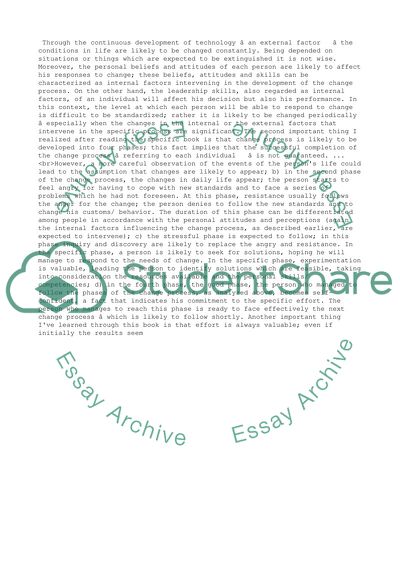Cite this document
(“Change Management Paper Essay Example | Topics and Well Written Essays - 1500 words”, n.d.)
Retrieved from https://studentshare.org/management/1428214-change-management-paper
Retrieved from https://studentshare.org/management/1428214-change-management-paper
(Change Management Paper Essay Example | Topics and Well Written Essays - 1500 Words)
https://studentshare.org/management/1428214-change-management-paper.
https://studentshare.org/management/1428214-change-management-paper.
“Change Management Paper Essay Example | Topics and Well Written Essays - 1500 Words”, n.d. https://studentshare.org/management/1428214-change-management-paper.


